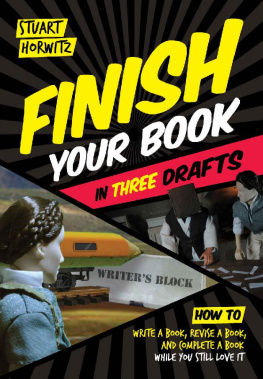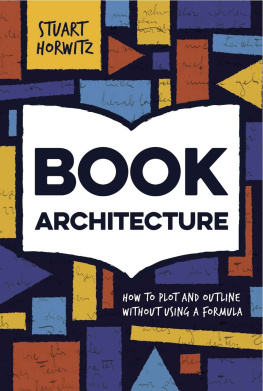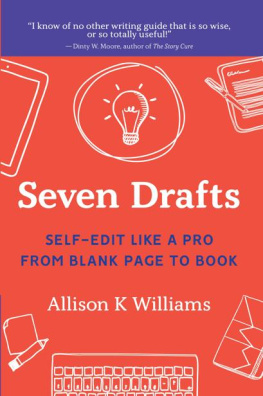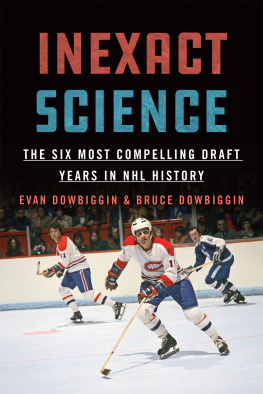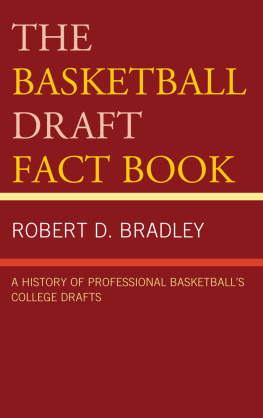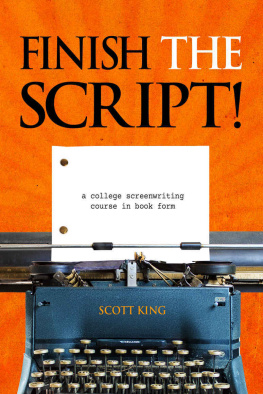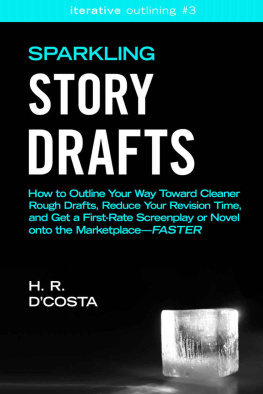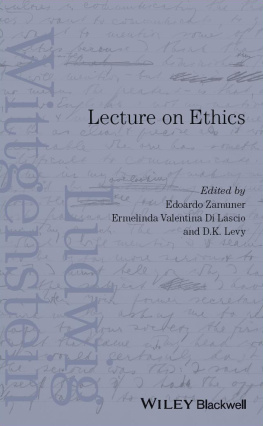Advance Praise for
Finish Your Book in Three Drafts
Stuart Horwitz has done it again! Perhaps the most entertaining of his Book Architecture trilogy, Finish Your Book in Three Drafts is no less informative and packs an instructional punch. With concrete steps to guide writers from that messy first draft to a polished manuscript, this book is a must-read for anyone who wants to get off the revision hamster wheel and finally get that book done.
Gabriela Pereira, author of
DIY MFA: Write with Focus, Read with Purpose, Build Your Community
Finish Your Book in Three Draftsa lofty promise, no? Veteran author and editor Stuart Horwitz delivers. His process is much more comprehensive than a typical copy edit and the results are magical, judging by his own books and those of his highly successful clients.
Lisa Tener,
Book Coach and Silver Stevie Award Winner,
Mentor/Coach of the Year 2014
Finish Your Book in Three Drafts will take the fear and confusion out of your book project by explaining the exact steps it takes to tackle a long narrative. Youre never alone with this book in your hands. Horwitz explains how to begin, what to do next, and how to wrap it all up. Every writer should read this book before they begin a long project.
Windy Lynn Harris,
founder of Market Coaching for
Creative Writers and author of the forthcoming book
Write It Short: How to Craft and Publish Short Stories and Personal Essays
Finish Your Book in Three Drafts
How to Write a Book,
Revise a Book,
and Complete a Book
While You Still Love It
WRITTEN BY
Stuart Horwitz
ILLUSTRATED BY
Dave Stebenne
Finish Your Book in Three Drafts: How to Write a Book, Revise a Book, and Complete a Book While You Still Love It
Copyright 2016 by Book Architecture, LLC. All Rights Reserved.
No part of this publication may be reproduced, stored in a retrieval system or transmitted, in any form or by any meanselectronic, mechanical, photocopying, recording or otherwisewithout prior written permission from the publisher, except for the inclusion of brief quotations in a review.
For more information about this title, to book a workshop, or to hire a developmental editor trained in the Book Architecture Method, contact the publisher:
Book Architecture, LLC
One Richmond Square, Suite #112K
Providence, RI 02906
www.BookArchitecture.com
Twitter: @Book_Arch
Facebook: facebook.com/SeekTheMethod
ISBN: 978-0-9864204-3-6
Printed in the United States of America
Contents:
Authors Note
This book incorporates nine videos and nine PDFs that are designed to enhance your reading experience. If you are (or can be) currently wifi enabled you can access these as well as a number of live links. You can also access the videos and the PDFs at the following web address: www.bookarchitecture.com/3d, by using the password: DRAFT.
Introduction:
Know What Draft Youre In
I f you are thinking about writing a book, chances are that you are already a pretty good writer. Sure, we could all be better, but most of what we have to learn we will gain by practice and by reading books written by other people. Given that, this book is not about how to write, but rather about how to get yourself to the point where you are writing. And I think the best way to talk about the writing process is to consider the concept of drafts.
Have you ever asked yourself while writing, How many drafts is this going to take? That may seem like a question that cant have an answer, but I would like to propose that it does. And that answer is three. Three drafts, provided that each draft is approached in the right spirit and we take the time we need between drafts.
What comes between drafts is the part you may not know about. Some writers assume that the difference between a first draft and a final draft is a few revisions and a solid copy edit. What I am talking about here is a process that is more comprehensive and requires more patience. But the work pays off in robust benefits from each revisioneach re-vision of the whole.
My goal is to give you the confidence that you are working on what you should be working on, that your efforts are focused, and that your time is well spent. It probably already makes intuitive sense to you that you cant work on more than one draft at a time. In this book, we will look at some mantras for each of the three drafts. Heres one for the process as a whole:
Know what draft youre in.
Each draft plays by different rules, and knowing what draft youre in can help you avoid writers block. The first draft, for example, is meant to be written much more freely than is the third draft, which requires greater concentration of effort. Say you discover a hole in your story during the drafting process. You need to write that scene from scratch; therefore, even though you may be in the third draft, for that piece you need to play by first-draft rules. Otherwise, you will demand of it immediately a nuance and a measure that it cannot possibly achieve.
We will name each draft and detail the work that occurs between the first draft and second draft and between the second draft and third draft. But first, have I convinced you yet that your work will require three drafts, not one or twenty?
If youre a fan of the single draft idea, you might be remembering the stories of reporters bragging they could write newspaper articles by feeding paper into the back of the typewriterwhen it came out the front, it was done. It may be possible to write a sentence like that: exactly as you want it to be for all time. But thats not how we approach excellence for a book-length work.
There is a literary myth that Jack Kerouac wrote On the Road in one draft, one Benzedrine- and marijuana-fueled draft, over a twenty-one-day period. It is true that he created a 120-foot roll of paper so that he wouldnt have to stop to feed more paper into his typewriter, and wrote one of his drafts that way. But it turns out that he was working from a draft he already had in his journals. Also, if you look at that typewriter scroll closely, you can see all kinds of corrections; those corrections are, in effect, his third draft.
Three drafts, not one. Also: three drafts, not forty-nine. You may have heard this cute story about That doesnt count as a draft. What you are trying to do is tackle your book, not tinker with it. Becauseare you ready?the point is not to go through life writing the same book the whole time.
Well call the first draft the messy draft, which is all about getting it down. Well call the second draft the method draft, which is all about making sense. And well call the third draft the polished draft, which is all about making it good. We could also call the third draft the design draft if you are publishing independently or the agent draft if you are seeking traditional publication. At least once a year, writers will approach me at a conference and tell me that they found the top ten agents in their genre and sent them their first draft (not their third draft) and now they are wishing they could turn back time.
I want to save you that heartache. To do so, I will perhaps exaggerate the differences among the drafts in order to simplify matters for our use. Also to keep things simple, when we get into an area which could get pretty intense, I will continue the discussion in a PDF which you can either access through your browser or consult later on my website. (If you choose the latter, instructions to unlock these nine PDFs are provided in the front of this book.) These PDFs contain more detailed information and instructions, which is why they are labeled Going Deeper. That way, while youre reading this book, you can choose how in-depth you want to go in the moment and what you might want to go back to later.
Next page
